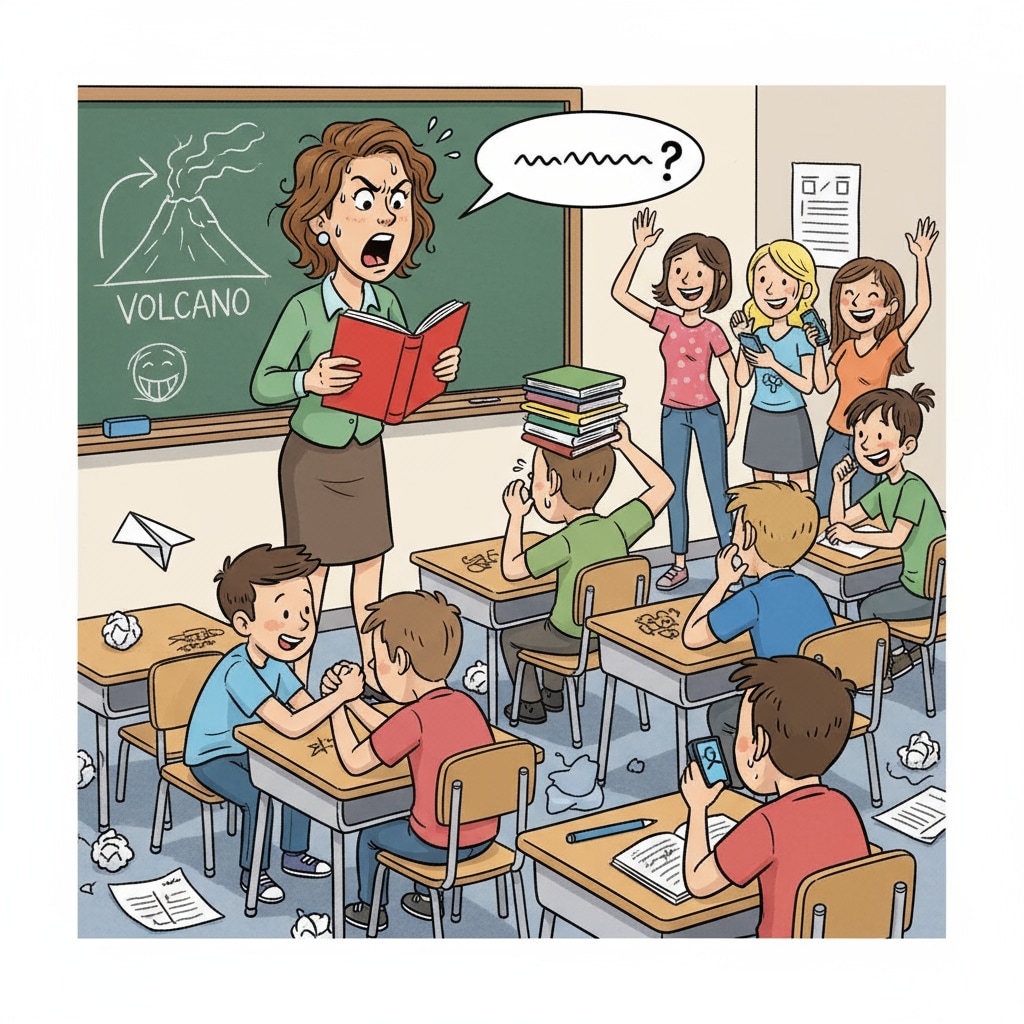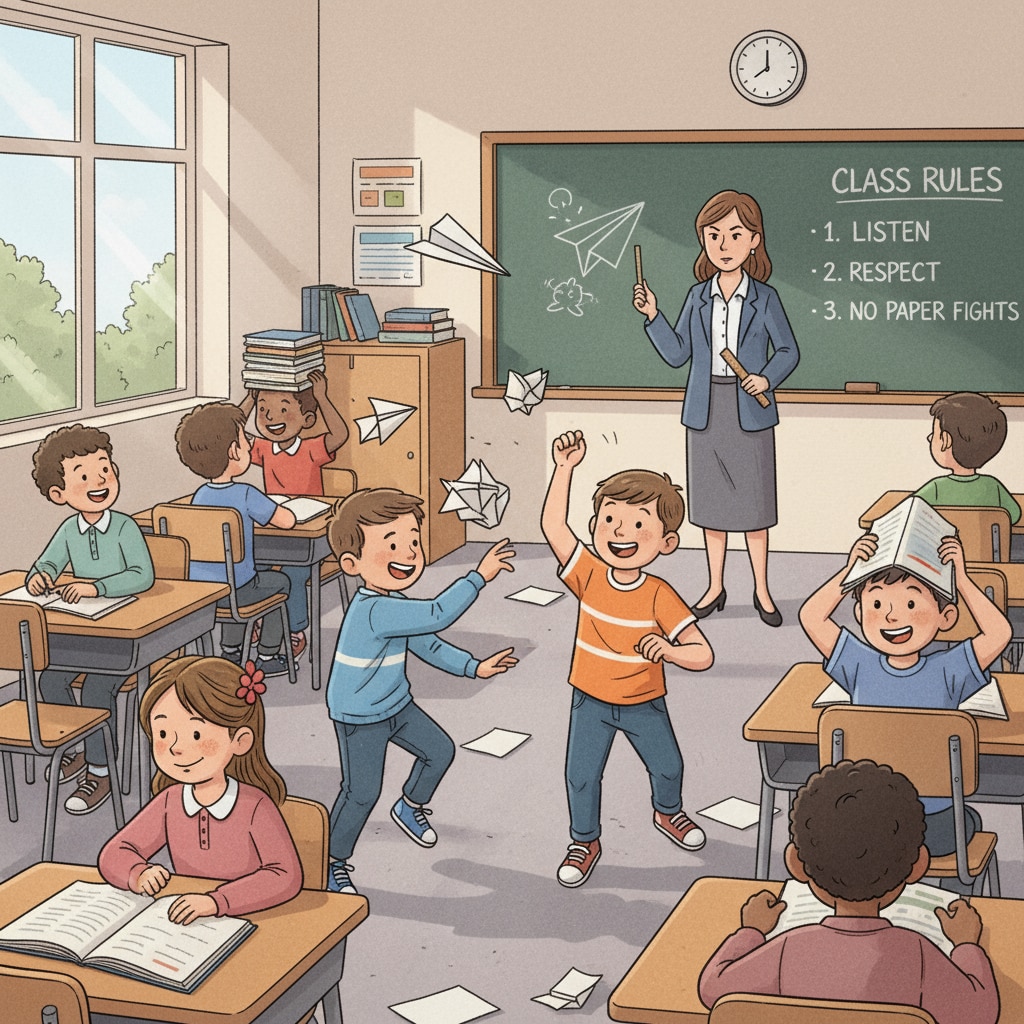Student behavior problems, lack of support, and professional setbacks are issues that plague many teachers in the K12 education system. In an ideal world, educators should be able to focus on imparting knowledge and nurturing young minds. However, in reality, they often find themselves struggling to manage challenging student behaviors with insufficient support.

This not only takes a toll on their mental health but also hinders their ability to perform their duties effectively.
The Struggle with Student Behavior Problems
Student behavior problems can manifest in various ways, such as aggression, defiance, and lack of concentration. These issues can disrupt the learning environment for everyone in the classroom. Teachers are often the first to bear the brunt of these challenges. They are expected to maintain order while also providing quality education. According to the National Education Association, many teachers report that dealing with student behavior problems is one of their most significant stressors. For example, a teacher might have a student who constantly interrupts the lesson, making it difficult for others to focus. This forces the teacher to spend valuable time addressing the disruption instead of teaching.

The Absence of Adequate Support
The lack of support for teachers facing student behavior problems is a widespread issue. At the school level, there may be insufficient resources or training programs. Teachers often receive little guidance on how to handle complex behavioral issues. Moreover, the administrative support may be lacking, with principals and other administrators not fully understanding the magnitude of the problem. In addition, parental support is crucial, but many parents are either unresponsive or fail to understand the challenges teachers face. This lack of support leaves teachers feeling isolated and overwhelmed. As a result, they may experience professional setbacks, such as a decrease in job satisfaction and an increase in burnout.
Another aspect of the lack of support is the absence of a coordinated approach. Different stakeholders, including schools, parents, and mental health professionals, often work in silos. There is no unified strategy to address student behavior problems. This disjointed approach makes it even more difficult for teachers to find the help they need. Education Week has reported on numerous cases where teachers have been left to deal with these issues on their own, leading to a detrimental impact on both the teachers and the students.
Readability guidance: By highlighting the distinct aspects of teacher challenges, we can better understand the need for change. The short paragraphs and lists here help in clearly presenting the issues. The use of external links provides reliable sources of information, and the images visually enhance the understanding of the problems. Transition words like ‘however’, ‘for example’, and ‘in addition’ ensure a smooth flow of ideas.


